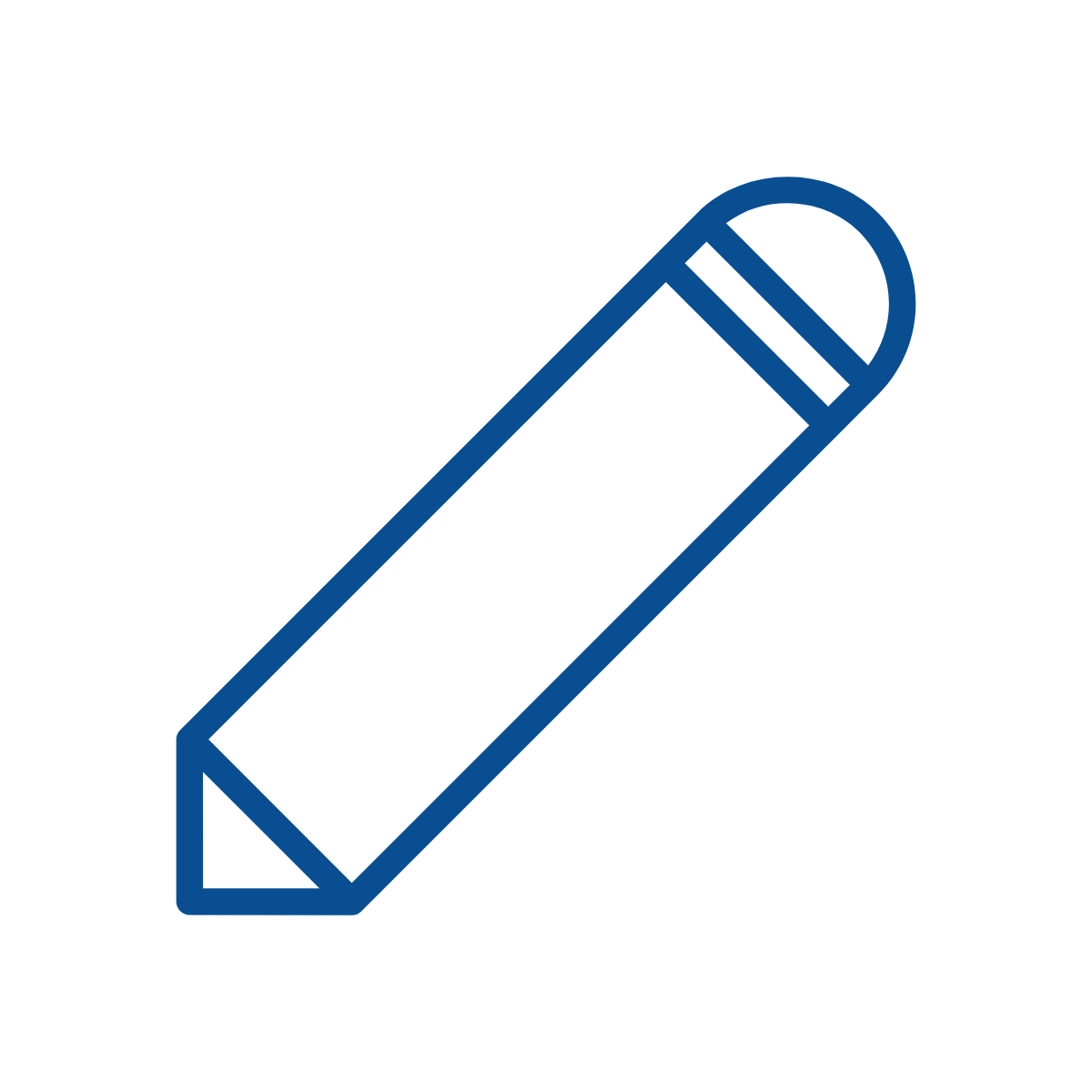- Accueil
- EN
- Studying at ULB
- Find your course
- UE
-
Share this page
Art et archéologie : Egypte ancienne
Course teacher(s)
Laurent BAVAY (Coordinator)ECTS credits
5
Language(s) of instruction
french
Course content
Art and archaeology of Ancient Egypt, from neolithic times to the Ramesside Period.
A presentation of the major sites and discoveries from Mesopotamia and the neighbouring areas, from the beginning of agriculture to Alexander's arrival (i.e. from the 10th millenium to the end of the first BC)
Objectives (and/or specific learning outcomes)
Define the general characters of the material and visual productions of Pharaonic Egypt (importance of the environment, conception of image etc.) and the evolution of this culture in relation with the social, economic and religious context.
Give the basic notions of art history and archaeology in the Ancient Near East: Anatolia, Iran, the Levant and Mesopotamia.
Teaching methods and learning activities
Ex cathedra
References, bibliography, and recommended reading
Egypt :D. Laboury, L'Égypte pharaonique, Paris : Le Cavalier Bleu (coll. Idées reçues), 2001 (compulsory).
A selected list of recommended reading is available on the Virtual University environment.
Syrie. Mémoire et civilisation, Paris, 1993 (exhibition cat.); Liban. L'autre rive, Paris, 1998 (exhibition cat.); Die Hethiter und ihr Reich. Das Volk der 1000 Götter, Bonn, 2002 (exhibition cat.); J. ARUZ (dir.), Art of the First Cities. The Third Millenium from the Mediterranean to the Indu, New York, 2003 (exhibition cat.); B. ANDRE-SALVINI dir.), Babylone, Paris, 2008 (exhibition cat.)
Other information
Contacts
ewarmenb@ulb.ac.be 02/650.25.07
lbavay@ulb.ac.be (rendez-vous via email)
Evaluation
Method(s) of evaluation
- Other
Other
Written examination, comprising a multiple choice question and short essays on two topics (1 Egypt + 1 Near East) chosen by the student out of four proposals.
Mark calculation method (including weighting of intermediary marks)
50% of the final note is attributed to the questions on Egypt and 50% to the questions on the Near East
Language(s) of evaluation
- french
